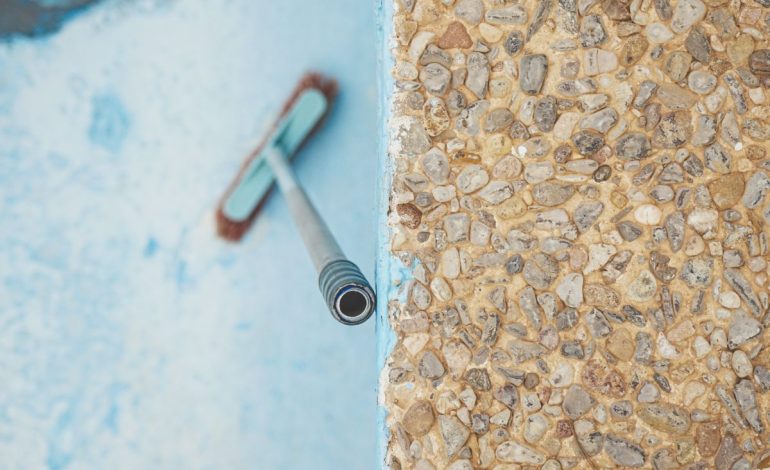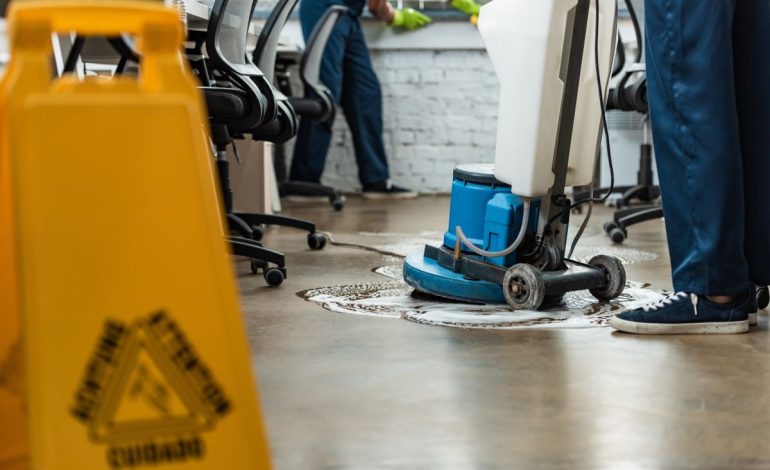Having a swimming pool in your backyard is one of the ultimate signs of status, and can bring you so much joy. Nothing looks better than sunlight glinting off the surface of your pool, pristine waters beckoning you to jump right in. And nothing feels better than taking that leap and relaxing in your gorgeous, well-maintained pool.
Unless, of course, your pool is in need of repainting. A shabby or faded paint job can make your pool look instantly less welcoming and can even make it look like something of an eyesore. Read on to discover how to paint your pool to give it back that beautiful and welcoming look today…
Can you just paint a concrete pool?
When it comes to pools, there isn’t much that you can ‘just’ do and painting certainly isn’t one of them. Simply the act of draining your pool should be carried out carefully before you can start thinking about what to do next. There are many things you have to do to paint your concrete pool, and you can check out our step-by-step guide below to get you started:
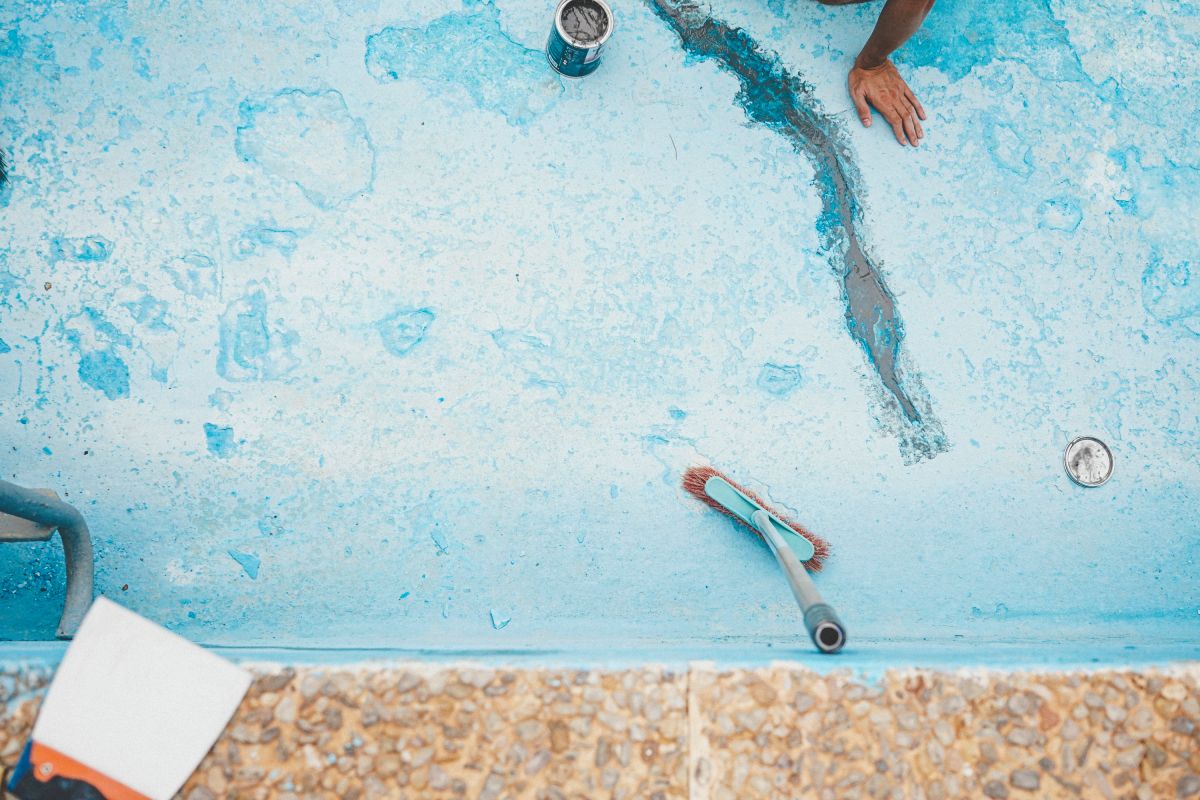
- Carefully and correctly drain your pool
- Remove any leaves and other debris
- Clean the surface of the pool – you may wish to use a pressure washer or a sand blaster
- Check for any damage to your pool – there is little point in painting until you have an expert company carry out concrete pool repairs that need doing first
- Apply a coat of primer and leave to dry
- Apply two coats of the right paint leaving it to dry thoroughly in between
- Wait for it to be totally dry before you refill your pool
You also need to know what kind of paint your pool has been coated with before, if it has, as not all paints are compatible with others.
What paints can you use for pools?
Now that you can see the key steps to painting your pool, it is time to discuss the paint itself. Not all paint can be used in pools, and indeed only a few are truly suitable. Being underwater for such a long time would tax most types of paint which could lead to it washing off or fading quicker.
There can also be issues with paint reacting to the chemicals you use in your water, and what this can do to you if the paint does come off and mix with your pool water. Regular paint cannot work in a swimming pool setting, but there are specific types of paint that can. They are split into 3 main types:
- Epoxy – a tough and durable paint ideal for resisting chemicals, wear and tear and stains. It is solvent-based, long-lasting, and can go on unpainted concrete and on top of other epoxy paint.
- Premium acrylic – premium acrylic is made to go on pools that are unpainted, or painted in acrylics but also those with rubber paint. It is more environmentally friendly than rubber paint and leaves a great finish.
- Water-based acrylic – this type of paint can be the cheapest, and the quickest drying, but also has the shortest lifespan. It can also be used on epoxy, acrylic or rubber painted pools.
You can also use rubber based paint which works well on pools and is designed specifically to expand and contract with fluctuations in temperature. It is resistant to mould, mildew and fungi, as well as the pool chemicals. It is best suited to unpainted pools rather than for repainting, however.
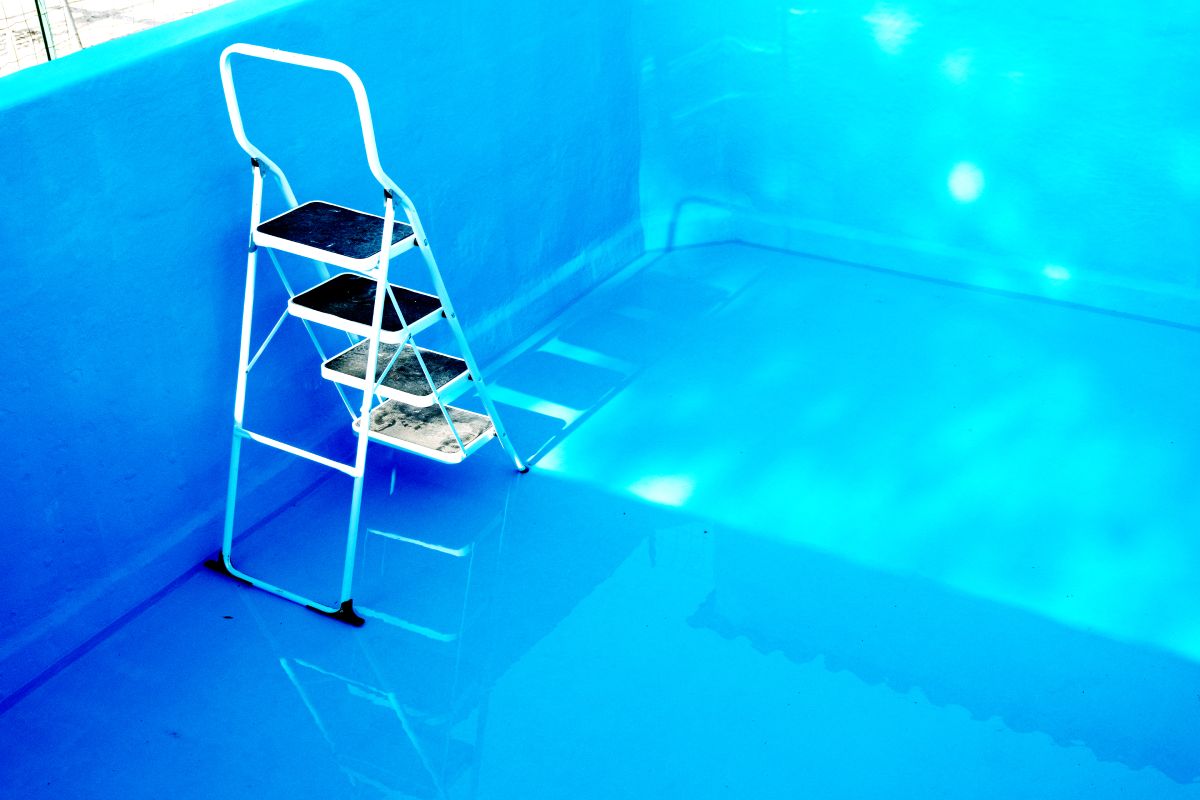
How long do pool paints last?
The length of time your pool paint will last depends on many factors, not least the kind of paint that you choose to use. Water-based acrylic paints tend to only last one season in a commercial pool, and around 2 years in a residential pool. Premium acrylic, on the other hand, can last double that, with a projected lifespan of around 4 years, though this can vary slightly depending on the kind you get.
Epoxy paint has the longest lifespan, lasting around 8 years in the right circumstances. As you can see, there are huge variances in longevity simply based on the type of paint that you use. After that, many other factors can alter how long your paint will last. Some of the key factors are: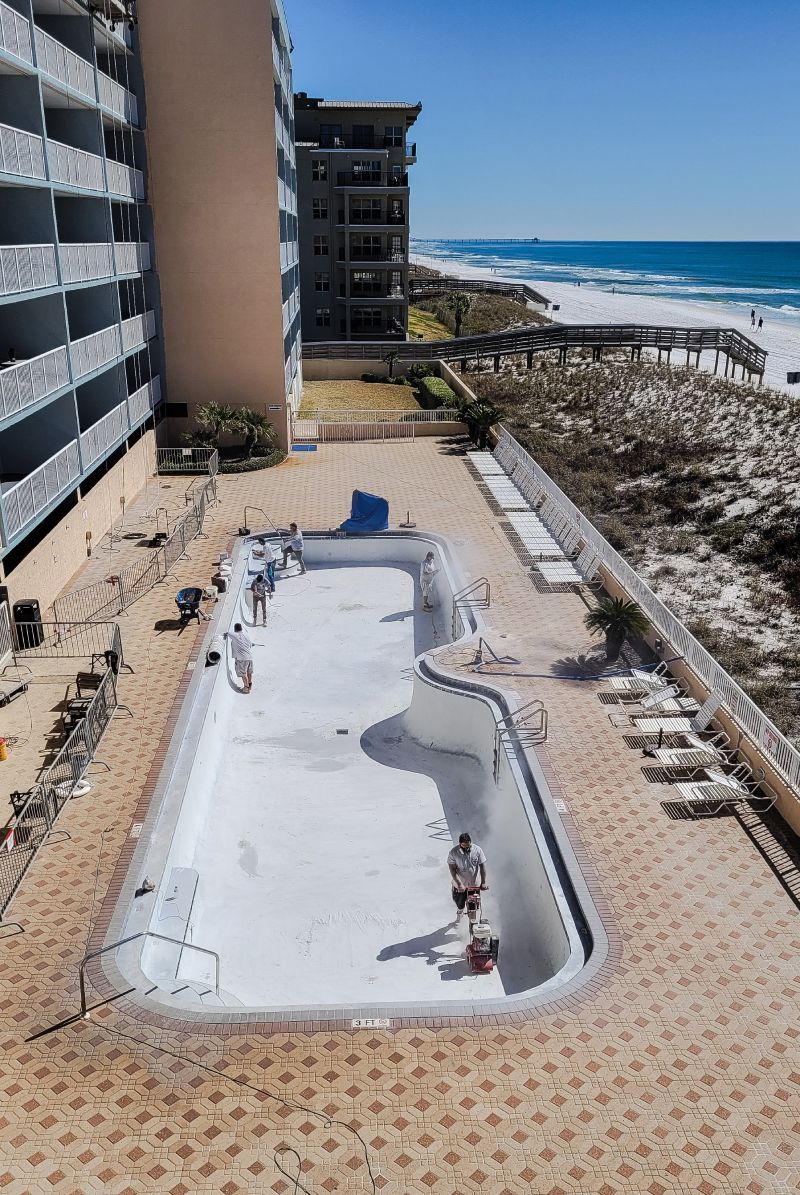
- A poorly prepared surface leads paint to peel off prematurely
- Application in direct sunlight or too cold temperatures causes it not to take well
- Exposure to harsh chemicals
- Extreme temperatures
- Wear and tear from pool equipment and people
- Lack of regular maintenance
Several of the main reasons why pool paint can last less time than it should are due to being incorrectly applied. This is just one of the reasons why so many people choose to allow an experienced pool painting company to take care of their pools for them.
What paint is best for pools?
So now we know more about pool paint, how long it can last and what to avoid to help it last longer, it is time to choose the best paint for your pool. The exact right paint for you might vary depending on your priorities, budget and more, but in general, the best paint is arguably epoxy paint.
Epoxy paint is durable, able to withstand more wear and tear than acrylic paint, and therefore it can last much longer. It can seal cracks and cover stains, smooth a rough surface, and is tough and long-lasting. It does, however, take the longest time to dry between coats and then to dry thoroughly before refilling your pool.
Acrylic paints take less time to dry but are also less durable and rubber based paints are less popular as they are not as environmentally friendly as the alternatives. They do both still work well for pools, however, so it really is up to you and your pool painting company to decide which pool paint is the best for you.
Final thoughts
You cannot just paint your pool without any preparation or planning, but pool painting is the best way to give your pool a new lease on life and have it look refreshed and welcoming in no time. There are several key types of pool paint to choose from, but epoxy paint offers the longest lifespan and value overall.

